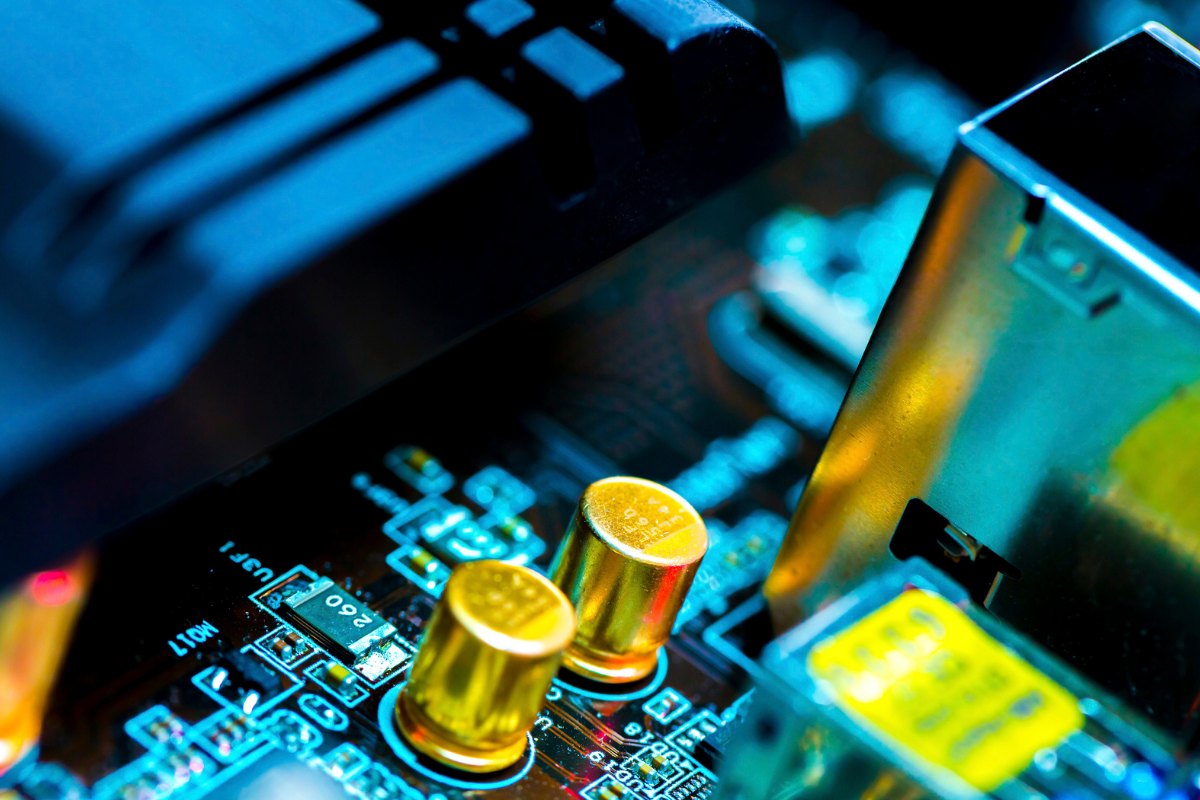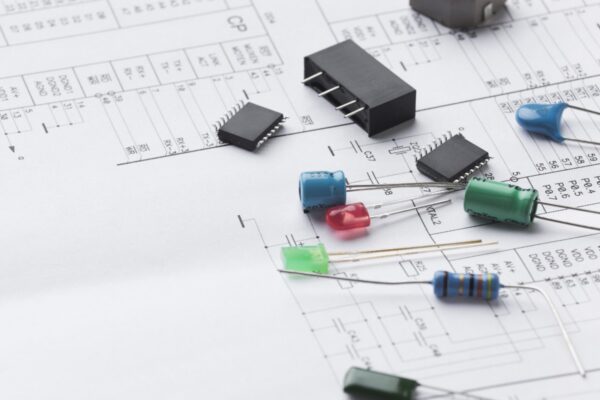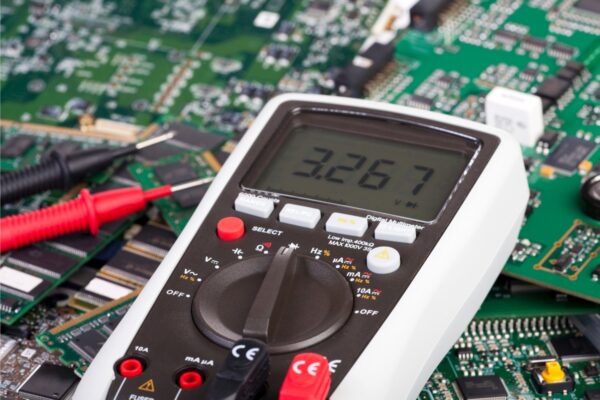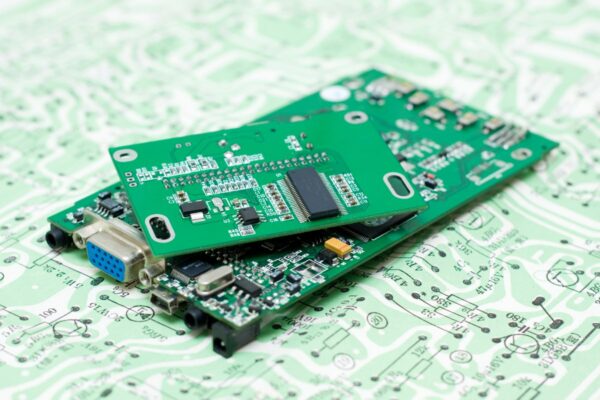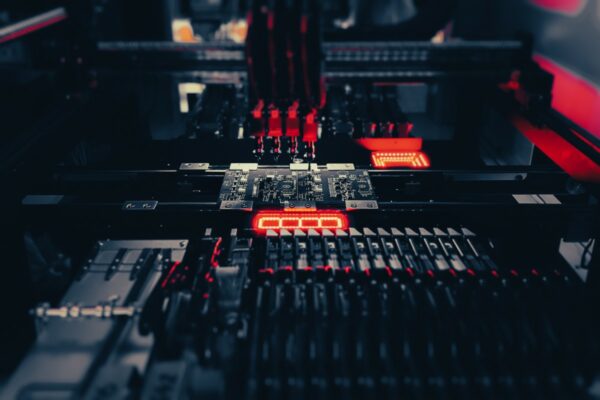If you are interested in electronics, you are probably wondering how electronic circuits work. It is basically a component of every electronic device that you can think of. Without circuits, electrical currents have no means of traveling through the individual electronic parts of different devices.
An electronic circuit commonly consists of different electronic parts such as resistors, transistors, and capacitors. The connection between these individual pieces is created through the use of wires or traces, which allow electricity to flow through. The operation of a circuit can be basic or complex depending on the combination of the different elements.
Today, circuits are conventionally seen in printed boards where the various pieces of the outline are interconnected by soldering the parts to the board to create a final product.
Circuit Components
As mentioned, an electronic circuit commonly consists of different electronic parts such as resistors, transistors, and capacitors.
Resistors
Resistors are fundamental components in electronic circuits. They are passive devices that introduce resistance into an electrical circuit to control the flow of electrical current. The unit of resistance is the ohm (Ω).
There are different types of resistors, but they all share the same basic function – to control the current flow. The value of a resistor is usually marked on its body using a color code system.
Resistors can be used for a variety of purposes in circuits. For example, they can be used to adjust signal levels, divide voltages, and set operational amplifier gain. They also play a crucial role in circuits that involve time-dependent operations, such as in filters and oscillators.
Capacitors
Capacitors are another type of passive component used in electronic circuits. They store and release electrical energy in a circuit. The unit of capacitance is the farad (F), but most capacitors used in electronics have capacitance values in the microfarad (µF), nanofarad (nF), or picofarad (pF) range.
A capacitor consists of two conductive plates separated by an insulating material known as a dielectric. When a voltage is applied across the plates, an electric field is created in the dielectric, causing positive and negative charges to collect on the plates. This stored charge can then be released back into the circuit when needed.
Capacitors are commonly used in filtering applications where they remove noise from power supplies. They are also used in timing circuits, analog equalizers, and many other applications.
Transistors
Transistors are active components that can amplify signals or act as switches. They are the fundamental building blocks of modern electronic devices. A transistor has three layers of semiconductor material and can have either two n-type layers with a p-type layer between them (npn transistor) or two p-type layers with an n-type layer between them (pnp transistor).
The three layers form two pn junctions in the transistor, and it is the interaction between these junctions that allows the transistor to function as an amplifier or a switch. The three parts of a transistor are called the emitter, base, and collector.
Transistors can be used in a wide variety of circuits and devices, including amplifiers, oscillators, and digital switches. They are critical components in both analog and digital circuits.
Types of Circuits
Circuits can be categorized into three forms: the analog circuit, the digital circuit, and the mixed signal circuit.
Analog Circuits
This is a type of circuitry that uses energy in its original form. It is best embodied by electronic circuit diagrams where the connections between the parts are represented by symbols (where wires appear as lines and different electronic pieces correspond to a specific emblem).
For analog circuits, there are two basic constructions: the parallel circuit and the series circuit.
- In a parallel connection, every single electronic part is attached to the same source of energy. The current that passes through the individual components of the circuit is divided between the pieces according to their particular resistance.
- In a series circuit, individual components are connected to each other in such a way that the current that is used by a single part is used by all the others. In this connection, a failure in one of the pieces will result in a malfunction of the whole.
Digital Circuits
In this type of connection, energy is processed as a sample. This means that signals are taken in by the device as a representation of logical and numerical correspondents. The information, in this case, is processed and takes the form of a binary code. Digital circuits are far easier to design than analog ones.
Mixed Signal Circuits
This is a form of circuitry that uses both the analog and the digital circuits in its function. It uses a mixture of both signals in order to achieve its various utility. In most devices, analog circuitry is used to intensify the signals, which prepare it for conversion into digital codes.
Circuit Diagrams
Circuit diagrams, on the other hand, provide you with a map of the electric flow. It is a means by which you can have an idea as to how the current follows a succession in an electronic device, making it possible for you to visualize how it functions.
The main reason for creating this representation is to provide an outline for the electric components as well as the wires and the paths that connect them. A schematic diagram allows for the convenient repair of an electronic unit. It also gives you ample time to troubleshoot an instrument at a convincingly faster pace if you know what you are doing.
Circuitry in Your Daily Life
Electronic circuitry is part of your daily life. You may not realize it at all times, but there are a number of instruments that require the use of these connections before you can utilize them. In a way, you experience a lot of convenience in living because of the reliable circuits present in the different devices that you use every day.
Imagine your life without circuits and you will definitely realize how important they are to you. Without these electrical connections, life will be a bit more complicated and backward. Understanding electronics may not be your forte, but knowing how circuits contribute to their capacity to operate surely answers your curiosity and gives you a better appreciation of how electronic instruments work.
The Future of Electronic Circuits
As technology continues to advance, electronic circuits are becoming smaller and more complex. This has led to the development of integrated circuits, which contain thousands or even millions of transistors on a single chip. These advancements have made it possible to create more powerful and efficient electronic devices.
In the future, we can expect to see even more advancements in electronic circuit technology. This could include the development of quantum circuits, which could revolutionize the field of electronics and lead to the creation of incredibly powerful quantum computers.
Conclusion
Understanding electronic circuits is essential for anyone interested in electronics. Whether you’re a hobbyist looking to build your own devices or a professional engineer, having a solid understanding of how circuits work will allow you to create more effective and efficient electronic devices. So, the next time you use an electronic device, take a moment to appreciate the complex network of circuits that make it work.
